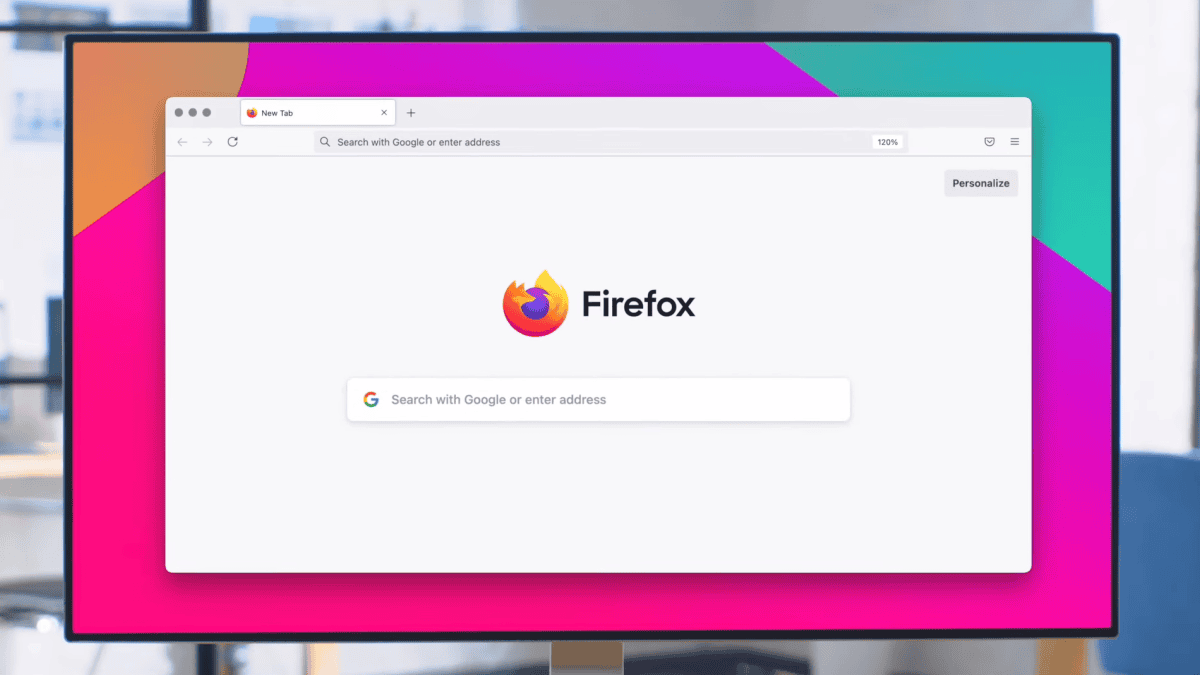Microsoft release Windows Server 2019 Insider Preview Build 17723
6 min. read
Published on
Read our disclosure page to find out how can you help MSPoweruser sustain the editorial team Read more

Microsoft today released a new build of the Windows Server vNext Long-Term Servicing Channel (LTSC) that contains both the Desktop Experience and Server Core in all 18 server languages, as well as a new build of the next Windows Server Semi-Annual Channel release in English. In addition, the first preview of Microsoft Hyper-V Server is included with this build.
The build is intended to test:
- In-place OS Upgrade (from Windows Server 2012 R2, Windows Server 2016 or a previous preview build). Build-to-Build upgrade is also supported.
- Application compatibility – Microsoft want to know if any server roles or applications stop working or fails to function as it used to.
What’s New
System Insights
In this Insider build, you can add new predictive capabilities to System Insights, without requiring any OS updates. This functionality enables developers, including Microsoft and third parties, to create and deliver new capabilities mid-release to address the scenarios you care about. New developer documentation and resources are now available, which help you write your own custom capabilities.
Any new capability can integrate with and extend the existing System Insights infrastructure:
- New capabilities can specify any performance counter or ETW event, which will be collected, persisted locally, and returned to the capability for analysis when the capability is invoked.
- New capabilities can leverage the existing Windows Admin Center and PowerShell management planes. Not only will new capabilities be discoverable in System Insights, they also benefit from custom schedules and remediation actions.
Deploying Kubernetes on Windows Server
Kubernetes is a popular orchestration tool for containers that makes deployment and management intuitive, scalable, and effective. This includes built-in features such as:
- Scheduling: Given a container image and a resource request, find a suitable machine on which to run the container.
- Health monitoring: Watch for container failures and automatically reschedule them.
- Networking: Provide a network for coordinating containers to communicate across machines.
- Service Discovery: Enable containers to locate each other automatically even as they switch hosts or change IP addresses.
- Scaling: Add or remove container instances to match demand, either manually or automatically.
For guidance that walks you through how to install Kubernetes onto your on-premise Windows datacenter, please see How To Guide: Kubernetes for Windows Flannel (Host-Gateway). For more information about container orchestrators in general, see Container orchestrators on docs.microsoft.com.
Congestion Control with LEDBAT
With Windows Server 2019, Microsoft is bringing a latency optimized, network congestion control provider called LEDBAT which scavenges whatever network bandwidth is available on the network, and uses it.
For a full write up detailing this improvement, please see Microsoft’s announcement LEDBAT – Latency Optimized Background Transport.
What’s New in Additional Downloads
A new build of Server Core App Compatibility FoD Preview is available.
Available Content
- Windows Server 2019 Preview is available in ISO format in 18 languages, and in VHDX format in English only. This build and all future pre-release builds will require use of activation keys during setup. The following keys allow for unlimited activations:
| Datacenter Edition | 6XBNX-4JQGW-QX6QG-74P76-72V67 |
| Standard Edition | MFY9F-XBN2F-TYFMP-CCV49-RMYVH |
- Windows Server vNext Semi-Annual Preview – The Server Core Edition is available in English only, in ISO or VHDX format. The images are pre-keyed – no need to enter a key during setup.
- Microsoft Hyper-V Server
- Windows Admin Center Preview 1807
Symbols are available on the public symbol server – see Update on Microsoft’s Symbol Server blog post and Using the Microsoft Symbol Server. Matching Windows Server container images will be available via Docker Hub. For more information about Windows Server containers and Insider builds, click here.
Click here to see the full list of new functionality introduced in earlier builds of Windows Server.
Known Issues
- [NEW] On Nano Server, copying a file from an SMB volume in a container to local storage fails.
- [NEW] A specific distributed search and analytics engine may by denied access when querying C:\Windows\temp\ as ContainerUser. To work around this issue, set the paths for temporary folders to another location. For example, by using setx: setx /M TEMP “c:\sample” setx /M TEMP “c:\sample”
- [NEW] A Multi-Resilient Volume (MRV) may fail to mount during node maintenance for a software-defined datacenter (SDDC) cluster, causing virtual machines to go offline.
- [NEW] Services.exe should not launch Upfc.exe when a system starts if the system is running inside of a container.
- [NEW] On recent preview builds, database applications might not be able to initialize a database and fail with a stack overflow or insufficient privileges when the database is located on an SMB volume.
- [NEW] Virtual machines stop unexpectedly with exit reason 3, and they migrate repeatedly every few minutes.
- [NEW] Preview releases of the operating system, starting with build 17698, may fail to detect a specific family of RAID controllers.
- [NEW] Shielded VMs running Linux do not boot. The loader (LSVMLoad) waits for a passphrase for the boot partition.
- [NEW] Draining a node may fail with an error: “Cannot create a file when that file already exists. (0x800700b7).”
- Creating or modifying environment variables by using setx fails on a system running in a Nano Container (that is, Nano Server as a container image). On an affected system, setx requires a specific path in the registry, HKCU\Environment\, to exist by default. You can work around this issue by changing where the variable is stored in the registry, or you can add the expected registry path before executing setx commands. To specify that the variable be set for system-wide use in HKLM rather than in HKCU, the default, add the /M switch to a setx command. To instead add the expected registry path, run reg add HKCU\Environment before executing setx commands.
- The Virtual Machine Management Service (VMMS) may experience an error, APPLICATION_FAULT_INVALID_POINTER_READ, in Cluster Manager.
How to Download
To obtain the Insider software downloads, registered Insiders may navigate to the Windows Server Insider Preview download page. If you have not yet registered as an Insider, see GETTING STARTED WITH SERVER on the Windows Insiders for Business portal. This build will expire December 14th, 2018.
Source: Microsoft








User forum
0 messages